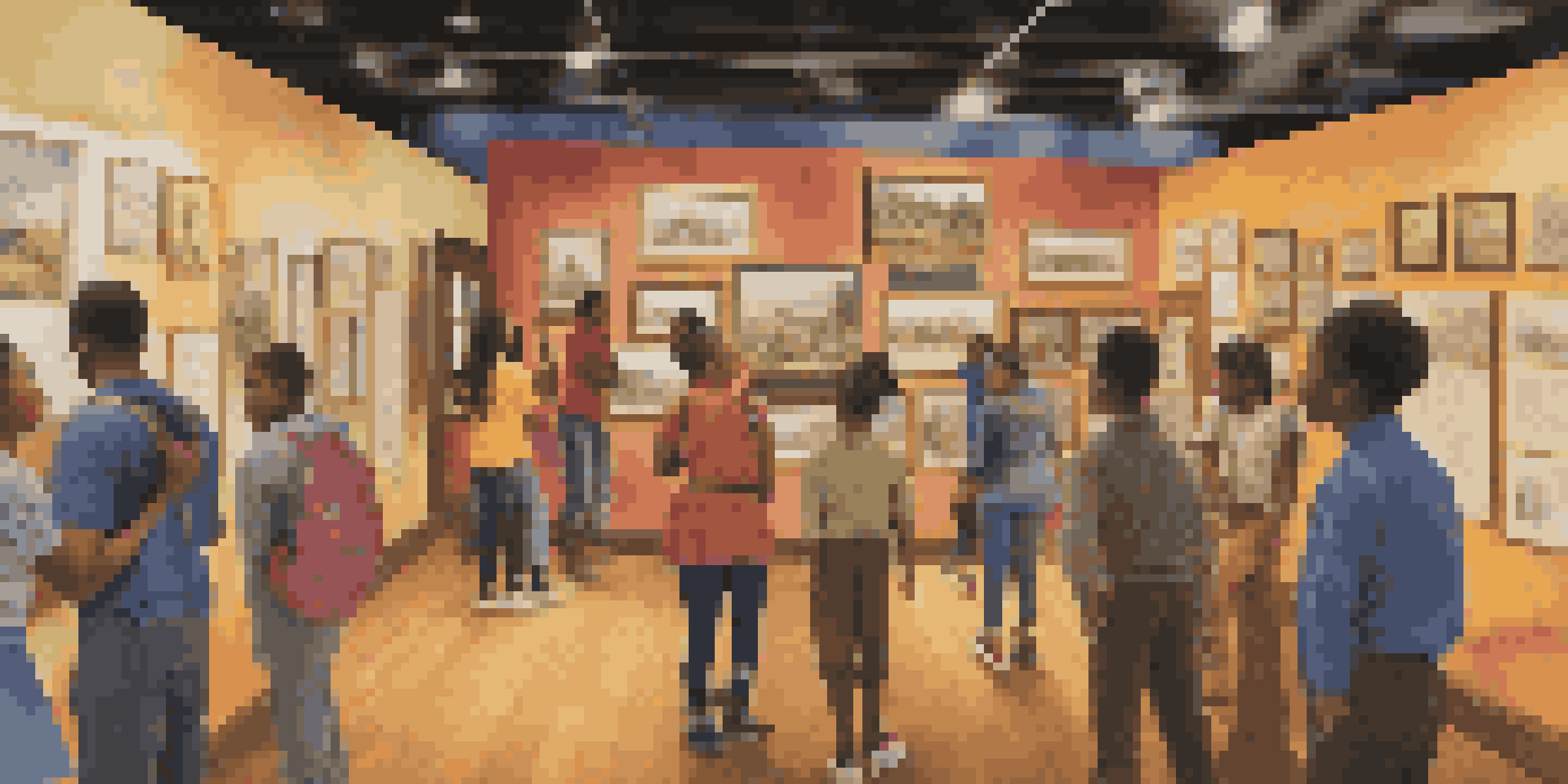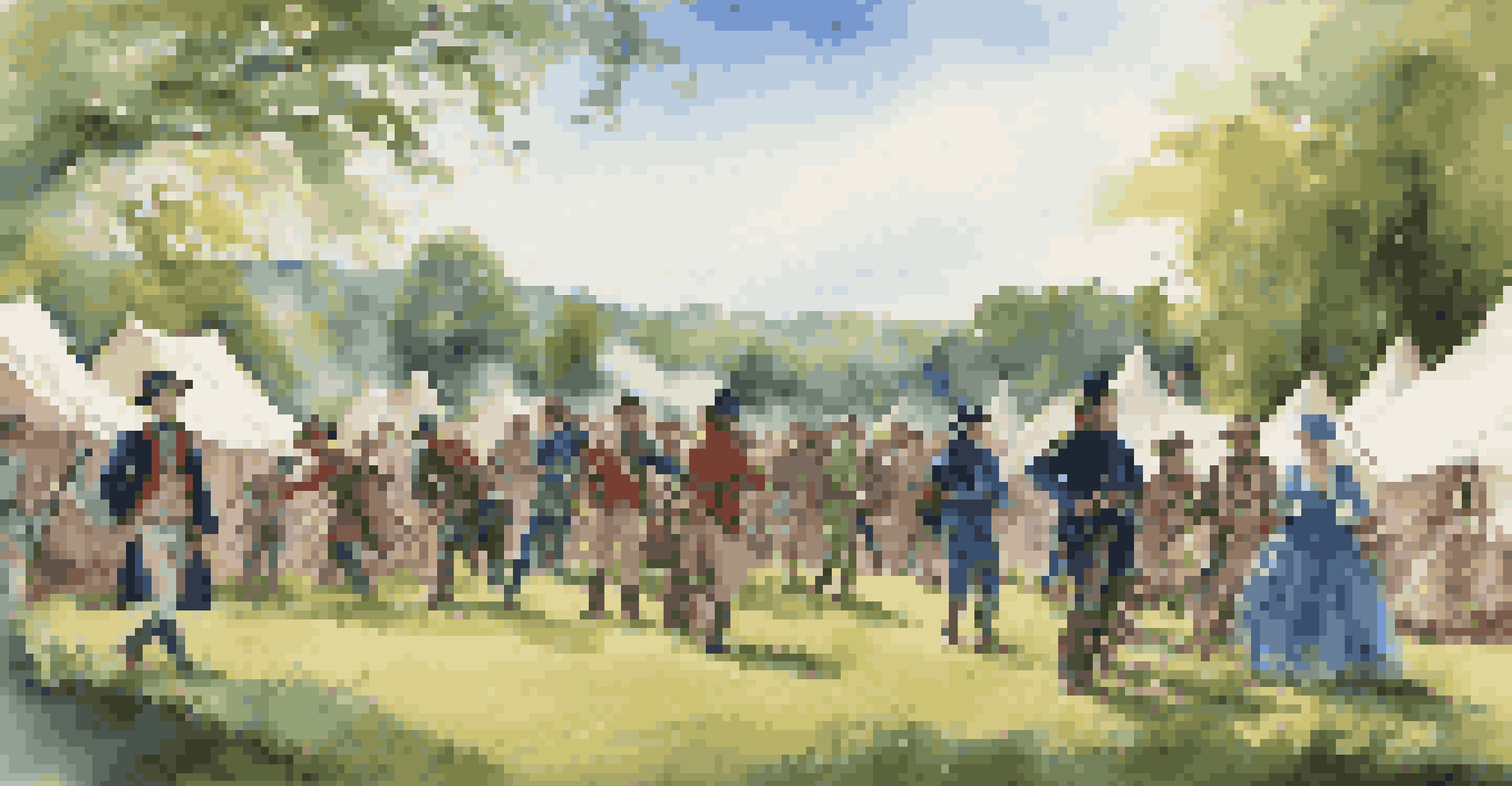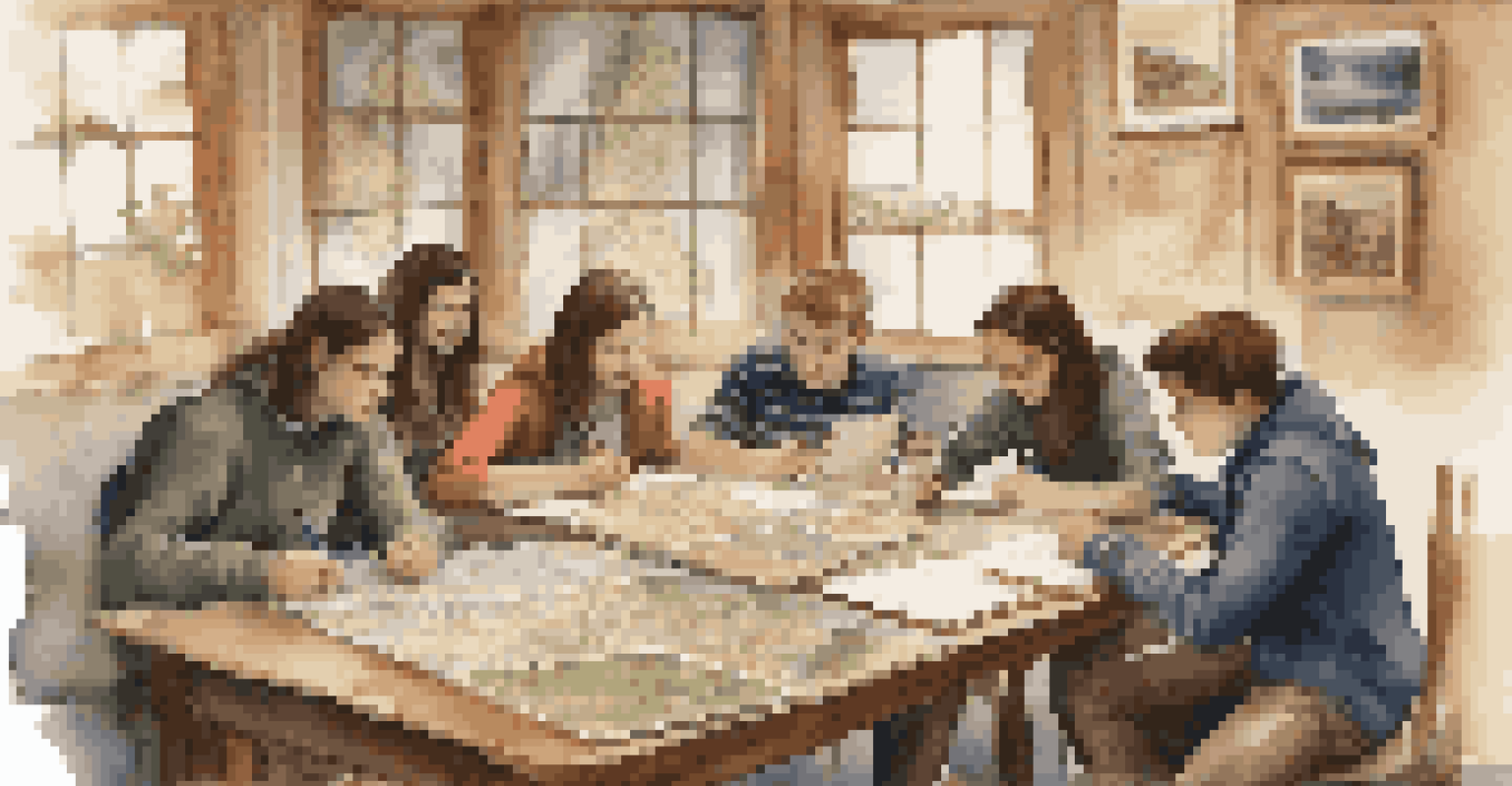How to Make History Fun for Teen Travelers

Explore Interactive Museums for an Immersive Experience
Visiting interactive museums can transform a typical history trip into an unforgettable adventure. For teens, engaging with history through hands-on exhibits or multimedia presentations makes learning more relatable and fun. Imagine stepping into a virtual reality experience that places you in the middle of a historical event—talk about a captivating way to grasp the past!
Education is the most powerful weapon which you can use to change the world.
Many museums now offer guided tours specifically tailored for younger audiences, featuring activities that encourage participation. This could mean role-playing as a historical figure or solving mysteries based on historical artifacts. Such engagement not only makes history easier to digest but also fosters a deeper connection to the subject matter.
Plus, traveling with friends can amplify the fun. Sharing these experiences creates lasting memories and sparks discussions that make history feel relevant to their lives today. So, when planning your next trip, don’t forget to include some hands-on history!
Incorporate Storytelling to Bring History to Life
Storytelling is a powerful tool that can captivate anyone, especially teens. Instead of listing dates and facts, frame historical events as engaging narratives filled with heroes, challenges, and triumphs. For instance, recounting the story of the Underground Railroad can inspire empathy and understanding of the struggles faced by those who fought for freedom.

Using local legends or historical figures as focal points can help teens connect with the places they visit. When they hear about the life of a local hero or a significant event that happened right where they stand, it transforms their perspective and makes history feel personal. This approach can spark curiosity and encourage them to learn more.
Interactive Museums Engage Teens
Hands-on exhibits and multimedia presentations at museums make history relatable and enjoyable for teens.
Additionally, consider using multimedia formats like podcasts or documentaries during the trip. These formats can provide a dynamic way to experience history, making it more accessible and enjoyable for teen travelers. By weaving storytelling into your travels, you can turn historical sites into vibrant narratives.
Engage in History-themed Games and Activities
Games are a fantastic way to make history entertaining for teens. From scavenger hunts in historical districts to trivia challenges about the sites they visit, interactive activities can bring history to life in a fun and engaging way. For example, a treasure hunt that involves solving puzzles based on historical clues can spark excitement and teamwork.
Those who cannot remember the past are condemned to repeat it.
Board games and online games that focus on historical themes can also serve as great conversation starters. Games like 'Timeline' or 'Civilization' allow players to explore different eras and events while strategizing and having fun. These games can be played before or after the trip to enhance their understanding and retention of historical knowledge.
Moreover, consider integrating augmented reality apps that offer games or challenges at historical sites. These innovative tools provide an interactive layer that can keep teens engaged while they learn. By incorporating gaming into your travels, you can make history resonate with your teen travelers.
Visit Historical Sites with Unique Experiences
Choosing historical sites that offer unique experiences can significantly impact how teens perceive history. Places like colonial reenactments, interactive forts, or ancient ruins provide opportunities for hands-on learning. For example, participating in a reenactment can help teens understand the complexities of historical events in a way that mere observation cannot.
Consider destinations where teens can engage in workshops or demonstrations related to the site's history. Cooking traditional recipes, crafting period artifacts, or even learning historical dances can create a memorable experience that resonates with them long after the trip. This active involvement helps to reinforce their learning and makes history feel more tangible.
Storytelling Makes History Personal
Framing historical events as engaging narratives helps teens connect emotionally and fosters curiosity.
Additionally, many historical sites offer guided tours led by knowledgeable guides who can share intriguing stories and lesser-known facts. These personal narratives can spark interest and ignite a passion for history. Unique experiences at historical locations can elevate the trip from ordinary to extraordinary.
Connect History to Modern-Day Issues
Linking historical events to contemporary issues can make history feel relevant for teens. Discussing how past movements shape current social justice campaigns, for instance, can prompt meaningful conversations. This connection encourages teens to think critically about the world around them and see history as a continuous narrative rather than a series of isolated events.
When visiting historical sites, challenge teens to draw parallels between what they see and issues today. For example, while at a civil rights museum, discussions can arise about equality and activism in modern society. This not only deepens their understanding of history but also empowers them to engage with current events.
Moreover, including documentary screenings or discussions with local activists can enhance this connection. By fostering these dialogues, you invite teens to appreciate history's impact on their lives and encourage them to become informed global citizens. Making these connections can transform their view of history from passive learning to active engagement.
Utilize Technology to Enhance the Learning Experience
In today’s digital age, technology can play a significant role in making history exciting for teens. Using apps that offer augmented reality experiences can bring historical sites to life in ways that static displays cannot. Imagine pointing your phone at a historical landmark and seeing what it looked like hundreds of years ago—this kind of technology captures attention and ignites curiosity.
Virtual tours and online resources can also be excellent tools for pre-trip engagement. Before visiting, teens can explore interactive timelines or watch videos about the places they’ll be seeing. This preparation helps them form questions and sparks interest, making the actual visit more meaningful.
Technology Enhances Learning
Utilizing apps and virtual tours can spark interest and make historical experiences more immersive for teens.
Additionally, social media can be harnessed to document their journey, encouraging teens to share their insights and discoveries. Creating a travel blog or Instagram account dedicated to their historical adventures can foster a sense of ownership and pride in their learning. Embracing technology not only enhances the experience but also aligns with how teens connect with the world around them.
Encourage Reflection and Discussion After Visits
Taking the time to reflect on what teens have experienced during their travels can reinforce their learning. Encourage them to keep a travel journal where they can jot down thoughts, feelings, and questions sparked by their visits. This practice not only helps solidify what they’ve learned but also allows them to process their experiences creatively.
Engaging in discussions with peers or family members about their historical adventures can further deepen their understanding. Ask open-ended questions like, 'What surprised you the most?' or 'How does this relate to what we’ve learned in school?' These conversations can lead to insights and connections they might not have considered on their own.

Finally, consider organizing a group sharing session or presentation where teens can showcase what they learned. This not only builds confidence but also encourages them to articulate their thoughts and inspire others. Reflecting and discussing their experiences ensures that the history journey continues long after the trip ends.